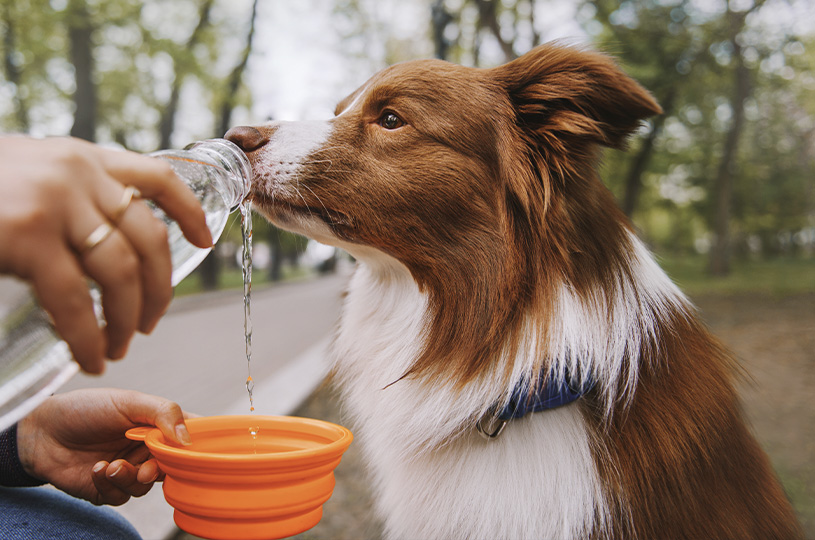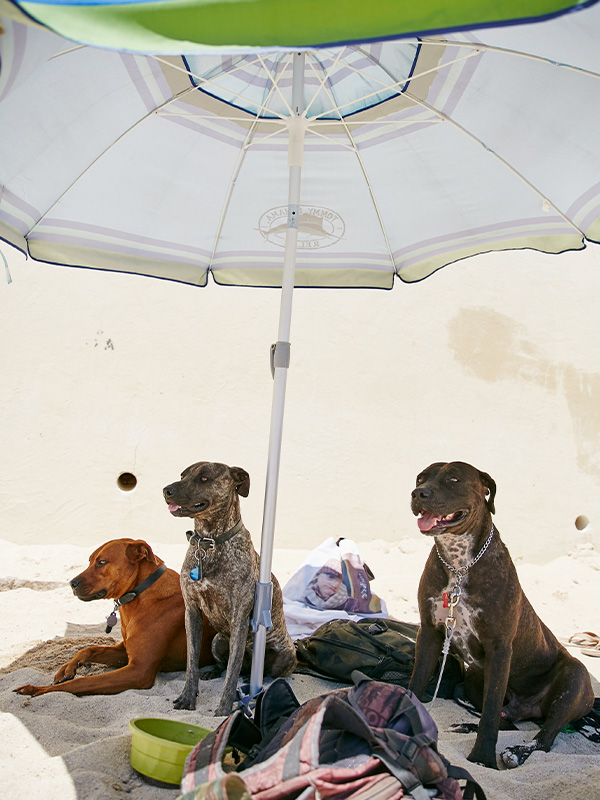Dr. Paul Kline
CityVet Chief Medical Officer
The summer season brings many glorious sunny days, but it also can bring scorching temperatures that can have adverse effects on our furry friends. As responsible pet owners, it is important to understand the impact that summer heat can have on dogs and take necessary precautions to keep them safe and comfortable.

Unlike people, dogs have a very limited ability to sweat, which in turn makes them rather inefficient in cooling their body temperature. In fact, your dog’s main cooling mechanism is by panting, which is why being confined in a small, closed space with high temperatures (like a closed and locked car on a summer day) can quickly lead to overheating and heat stroke. The temperature threshold at which it becomes unsafe for dogs to be outside varies based on factors such as breed, size, age, and overall health. However, as a general guideline, it is advisable to keep dogs indoors or provide shade and water whenever the temperature exceeds 85°F. Above 90°F (32°C), the risk of heatstroke significantly increases.
There are a number of ways to safeguard your pet against the summer heat and help keep them safe and cool.

When temperatures rise be vigilant and do your best to recognize signs of heat stress or overheating in dogs as soon as they occur. Common indicators include excessive panting and drooling, rapid or irregular heartbeat, lethargy or weakness, glazed eyes, and dizziness, vomiting or diarrhea, dark or bright red gums and tongue, and/or collapse or seizures.
As summer temperatures soar, it is our responsibility to protect our four-legged companions from the perils of excessive heat. By understanding the risks, implementing preventive measures, and recognizing the signs of overheating, we can ensure the safety and well-being of our beloved dogs. Remember, a little extra care goes a long way in keeping them cool, comfortable, and healthy during the hot summer months.